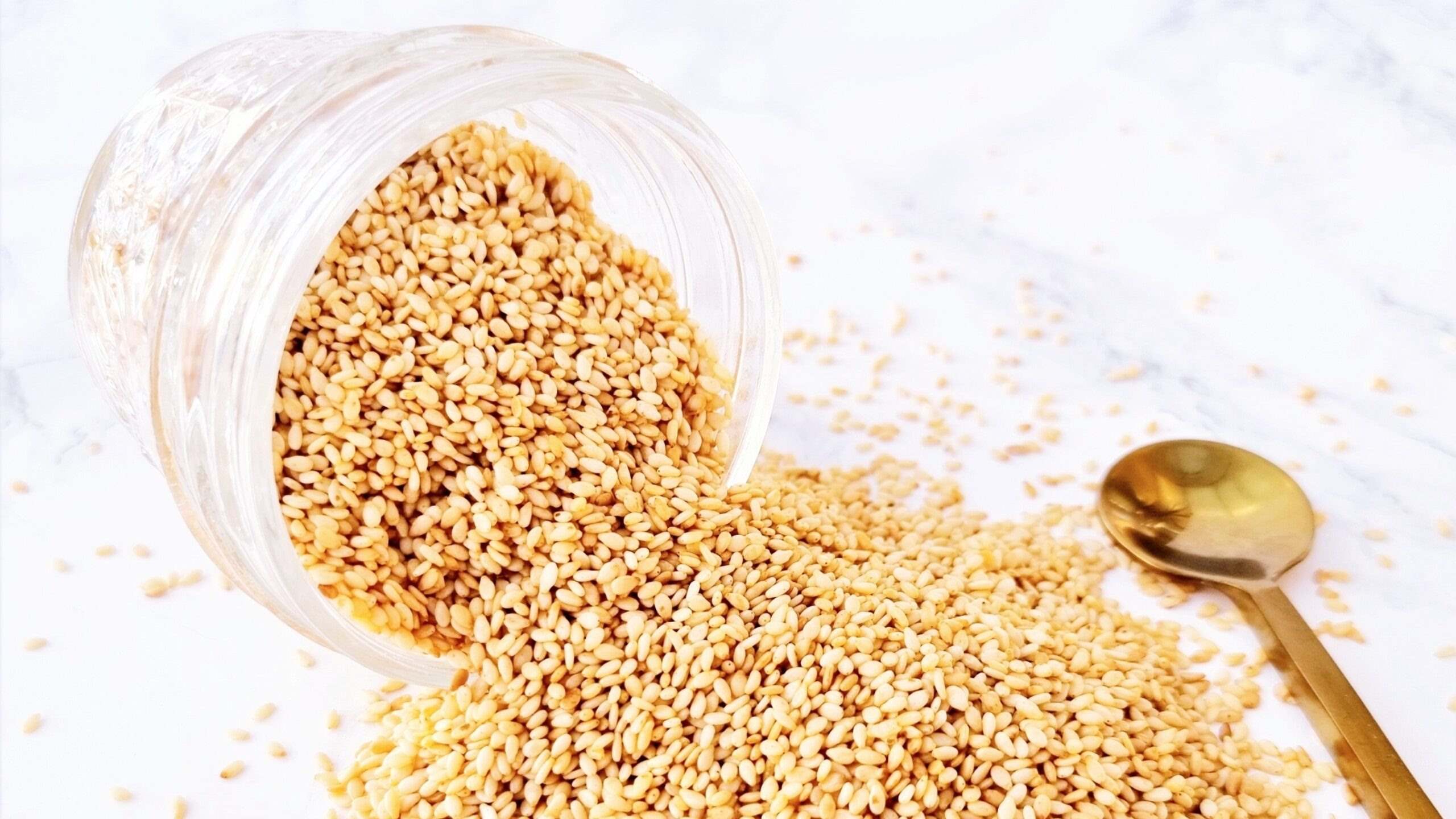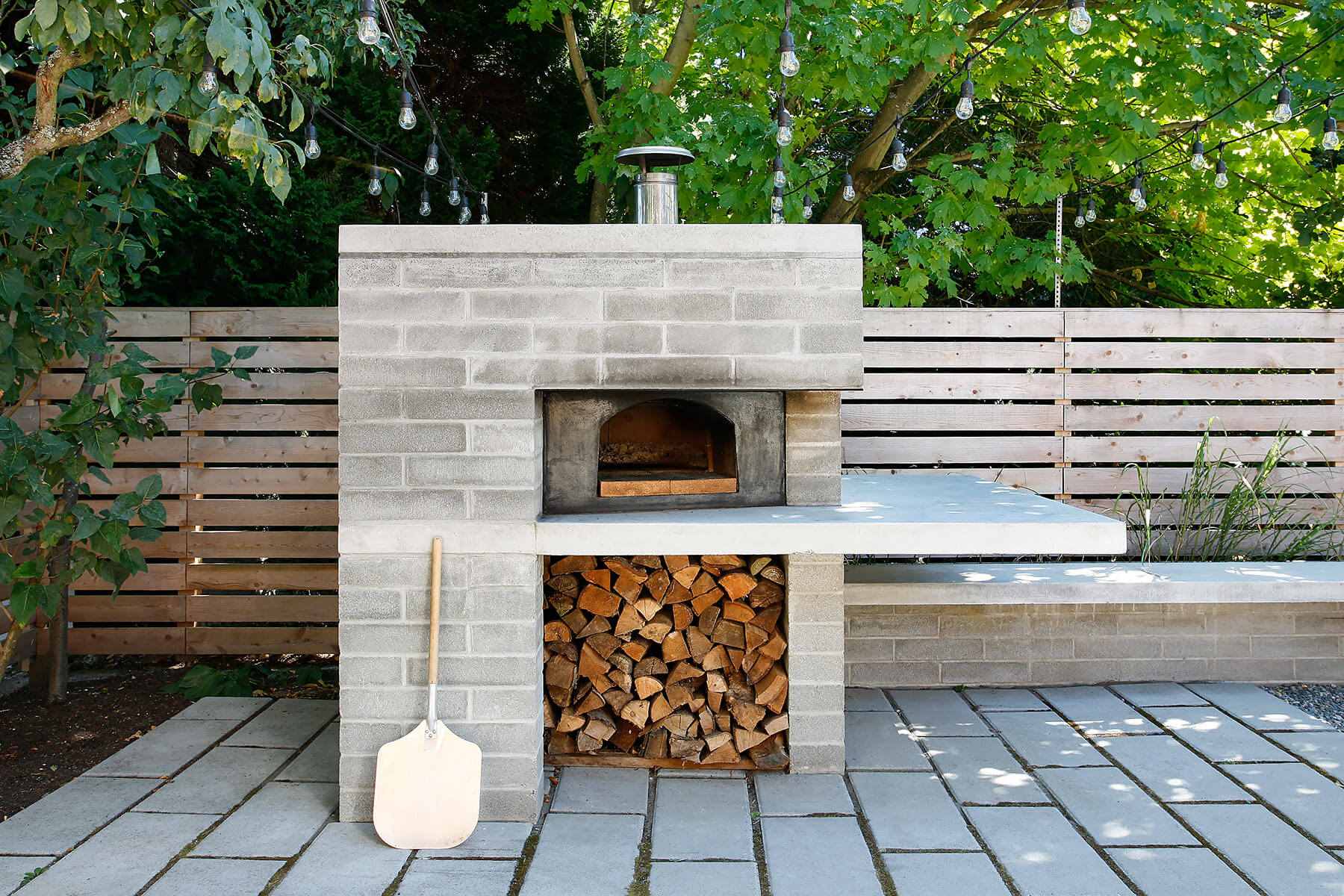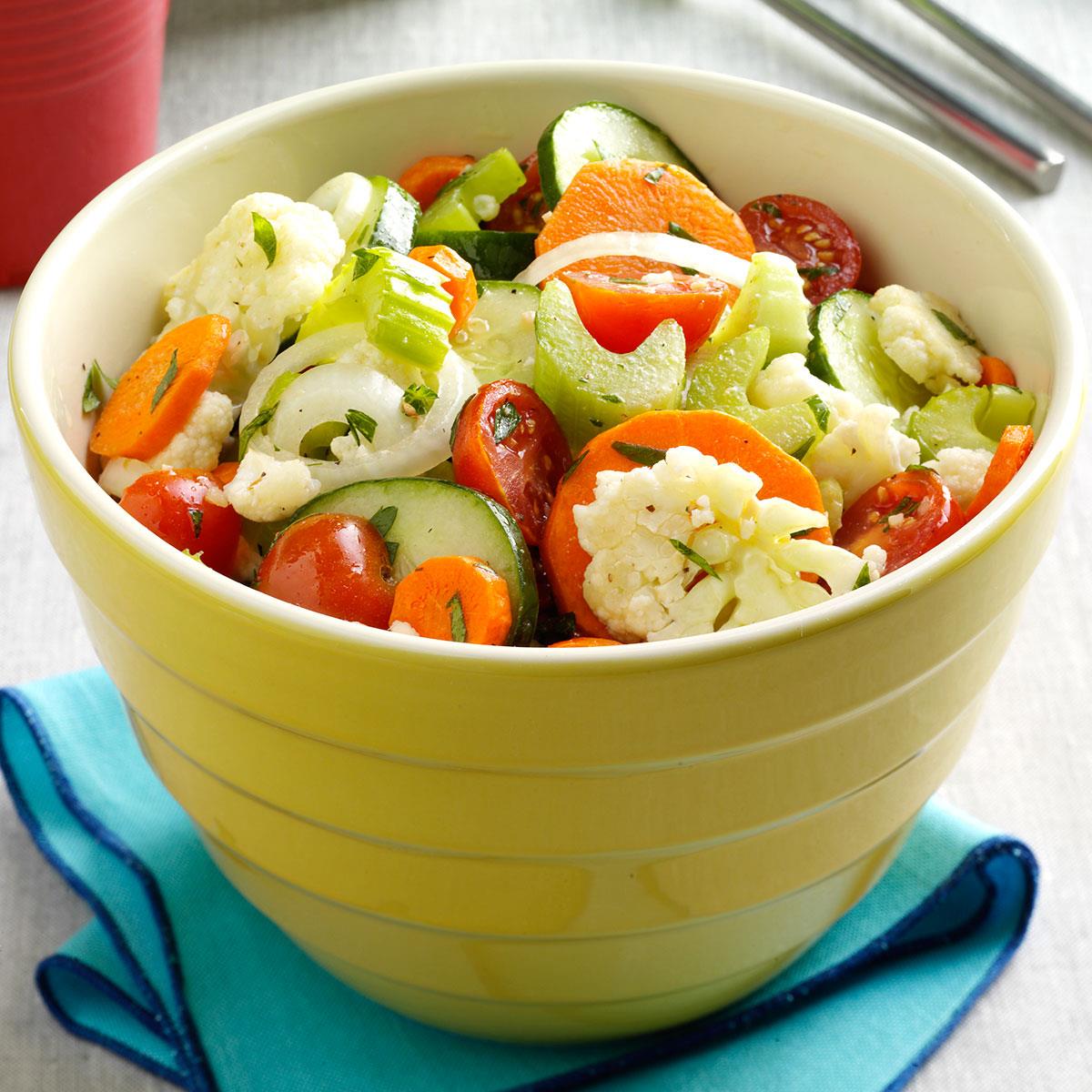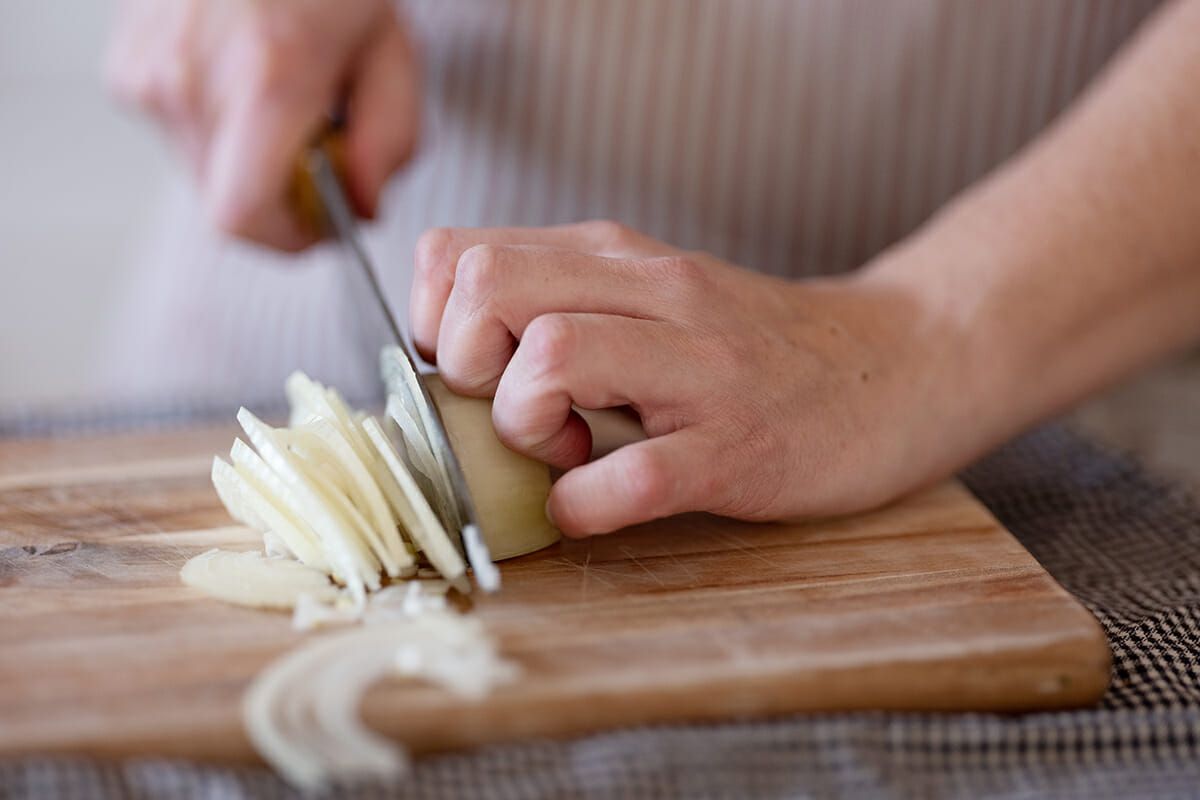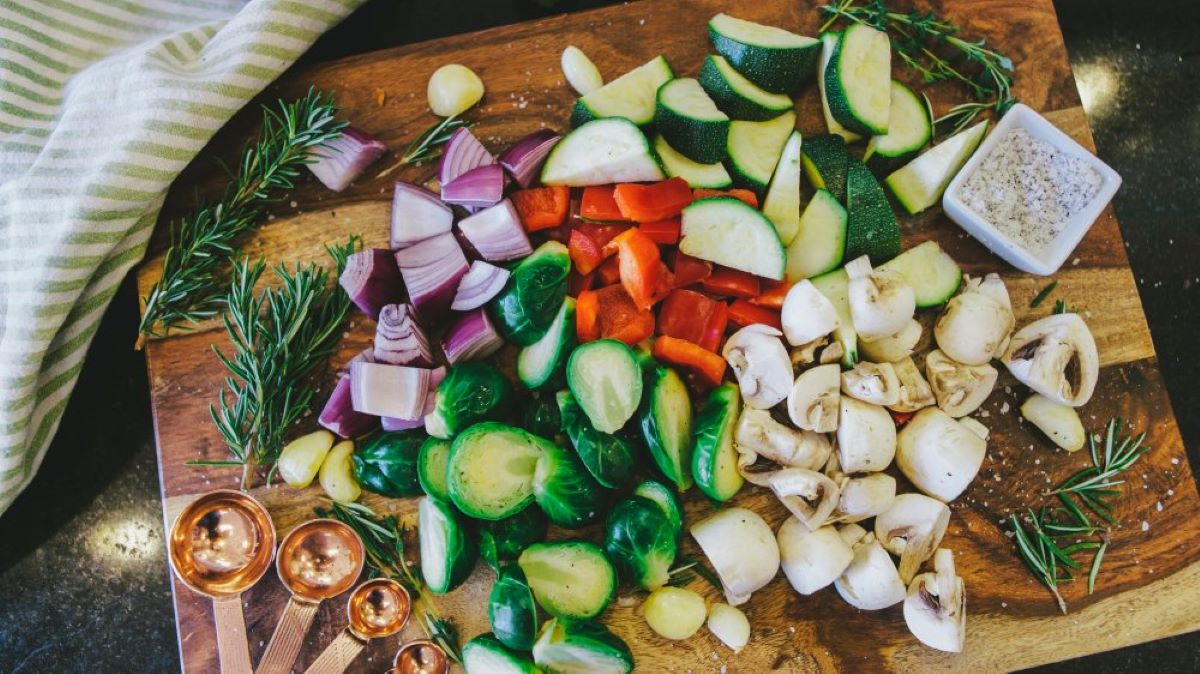Home>Gardening News and Trends>Latest News>How To Roast Vegetables In The Oven
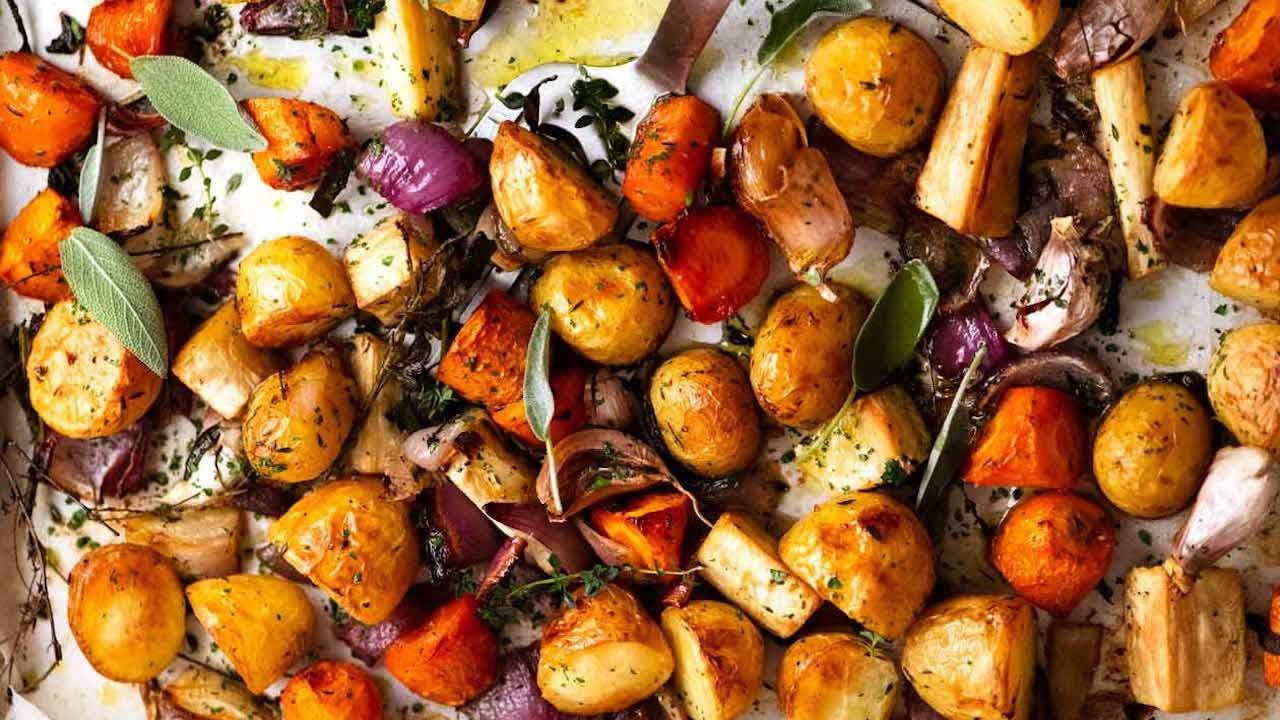

Latest News
How To Roast Vegetables In The Oven
Modified: January 22, 2024
Discover the latest news and learn how to roast vegetables in the oven with our easy step-by-step guide. Your favorite vegetables will be perfectly cooked and full of flavor.
(Many of the links in this article redirect to a specific reviewed product. Your purchase of these products through affiliate links helps to generate commission for Chicagolandgardening.com, at no extra cost. Learn more)
Table of Contents
Introduction
Welcome to this guide on how to roast vegetables in the oven! Roasting vegetables is a delicious and nutritious way to elevate your meals and make the most out of your favorite produce. Whether you’re a seasoned chef or just starting out in the kitchen, roasting vegetables is a simple yet satisfying cooking technique that can turn mundane ingredients into culinary delights.
Roasting vegetables in the oven is not only a great way to bring out their natural flavors, but it also caramelizes them, giving them a unique sweetness and a crispy, slightly charred exterior. The heat of the oven helps to concentrate the flavors and bring out the natural sugars, creating a depth of flavor that is hard to resist.
Not only are roasted vegetables delicious, but they are also incredibly versatile. You can enjoy them as a side dish, toss them in salads, use them as a topping for pizzas or sandwiches, or even incorporate them into your favorite pasta dishes. The possibilities are endless!
In this guide, we will walk you through the process of roasting vegetables to perfection. We will cover everything from choosing the right vegetables, preparing them for roasting, seasoning options, and optimal oven temperatures and times. By the end of this article, you’ll have all the knowledge you need to create mouthwatering roasted vegetables that will impress your family and friends.
So, grab your favorite vegetables and let’s get started on this culinary adventure of roasting vegetables in the oven!
Choosing the Right Vegetables
When it comes to roasting vegetables, choosing the right ones is key to achieving the best flavors and textures. While almost any vegetable can be roasted, certain varieties work better than others. Here are some tips to help you choose the perfect vegetables for roasting:
- Root vegetables: Root vegetables like potatoes, carrots, parsnips, and beets are excellent candidates for roasting. They have a natural sweetness that intensifies when roasted, and their firm texture holds up well under high heat.
- Cruciferous vegetables: Vegetables like cauliflower, broccoli, Brussels sprouts, and cabbage are great choices for roasting. Roasting helps to bring out their natural nuttiness and adds a lovely caramelized flavor.
- Squash and pumpkin: Butternut squash, acorn squash, and pumpkin are perfect for roasting. Their flesh becomes tender and creamy, making them a delightful addition to any meal.
- Peppers and onions: Bell peppers, red onions, and shallots are great for roasting. They become slightly sweet and develop a wonderful smoky flavor when roasted, adding depth to your dishes.
- Tomatoes: While not traditionally roasted on their own, cherry tomatoes or Roma tomatoes can add a burst of flavor to roasted vegetable dishes. Roasting intensifies their natural sweetness and brings out their umami notes.
- Leafy greens: While most leafy greens are better suited for sautéing or salads, kale and Swiss chard can be roasted to create crispy, flavorful chips. Just be sure to remove the tough stems and toss the leaves with a little oil before roasting.
When selecting your vegetables, opt for ones that are fresh and firm. This will ensure that they hold up well during the roasting process. Additionally, consider mixing different vegetables together to create a variety of flavors and textures in your roasted vegetable medley.
Now that you have an idea of the best vegetables for roasting, let’s move on to the next step: preparing them for roasting!
Preparing the Vegetables
Properly preparing your vegetables before roasting is essential for achieving the best results. Follow these steps to ensure your vegetables are ready for the oven:
- Wash and dry: Start by washing your vegetables under cool running water to remove any dirt or debris. Pat them dry with a clean kitchen towel or paper towels. Dry vegetables will allow for better browning during the roasting process.
- Cut into even pieces: For even cooking, it’s important to cut your vegetables into uniform pieces. This ensures that they will cook at the same rate and avoid some pieces being undercooked while others are overcooked. Aim for similar-sized pieces, around 1-2 inches in thickness.
- Remove tough parts: Depending on the vegetable, you may need to remove any tough or woody parts. For example, with asparagus, you’ll want to snap off the tough ends, while with broccoli or cauliflower, you’ll want to separate them into florets and trim away any tough stems.
- Leave some skin intact: In certain cases, it’s best to leave the skin on the vegetables. For example, potatoes and sweet potatoes develop a delicious crispy skin when roasted. However, if the skin is tough or bitter, like in the case of butternut squash, it’s best to peel it off.
- Toss with olive oil: Place your prepared vegetables in a large bowl and drizzle them with olive oil. Toss them gently to ensure all the pieces are coated evenly. The oil helps to prevent sticking and promotes browning during roasting.
- Optional: Add aromatics and seasonings: If desired, you can add minced garlic, fresh herbs, spices, or other seasonings to enhance the flavor of your roasted vegetables. Toss them together with the vegetables and oil, ensuring they are evenly distributed.
Once your vegetables are prepared and seasoned, they are ready to be roasted! The next section will cover different seasoning options to elevate the flavors of your roasted vegetables.
Seasoning Options
Seasoning is where you can truly elevate the flavors of your roasted vegetables. While the natural sweetness and caramelization from roasting will add depth, adding additional seasonings can take your dish to the next level. Here are some popular seasoning options to consider:
- Simple salt and pepper: Sometimes, simplicity is best. A generous sprinkle of salt and pepper can enhance the natural flavors of the vegetables without overpowering them. Use freshly ground black pepper for a vibrant kick.
- Herbs and spices: Experiment with different herbs and spices to add complexity to your roasted vegetables. Rosemary, thyme, oregano, or sage pair well with a variety of vegetables. Add a pinch of paprika, cayenne pepper, or smoked paprika for a hint of heat and smokiness.
- Citrus zest: Finely grated zest from citrus fruits like lemon, lime, or orange can add a bright and fresh flavor to your roasted vegetables. Sprinkle it on top along with your other seasonings before roasting.
- Balsamic glaze: Drizzling balsamic glaze over your roasted vegetables can add a tangy and slightly sweet flavor. The glaze caramelizes in the oven, creating a delicious sticky coating.
- Parmesan cheese: Grate some Parmesan cheese over your roasted vegetables during the last few minutes of roasting. The cheese will melt and create a savory, umami-packed crust on the vegetables.
- Honey or maple syrup: For a touch of sweetness, drizzle a small amount of honey or maple syrup over your vegetables before roasting. The natural sugars will caramelize, adding a delightful sweetness to the dish.
Remember, seasoning is subjective, so feel free to experiment and adjust the seasoning quantities to suit your taste preferences. Just be mindful not to overpower the natural flavors of the vegetables.
Now that your vegetables are seasoned and ready to go, let’s move on to the next step in the process: setting the optimal temperature and time for roasting.
Roasting Temperature and Time
Getting the temperature and timing right is crucial to achieve perfectly roasted vegetables. The following guidelines will help you determine the optimal temperature and time for your roasted vegetables:
Temperature: Most vegetables roast well at a high temperature, around 400-425°F (200-220°C). This high heat creates a nice browning effect while keeping the inside tender. However, some delicate vegetables, like asparagus or leafy greens, may require a slightly lower temperature to prevent burning.
Roasting Time: The roasting time can vary depending on the size and type of vegetables you are roasting. Generally, root vegetables will take longer to roast compared to quicker-cooking vegetables like zucchini or cherry tomatoes. As a general rule of thumb, smaller or thinly sliced vegetables will cook faster.
Here are some approximate roasting times to give you an idea:
- Root vegetables (potatoes, carrots, parsnips): 30-45 minutes
- Cauliflower or broccoli florets: 20-30 minutes
- Thinly sliced zucchini or summer squash: 15-20 minutes
- Asparagus spears: 10-15 minutes
- Cherry tomatoes: 10-15 minutes
It’s important to keep an eye on your vegetables as they roast, as cooking times can vary depending on factors such as the size of the pieces and the efficiency of your oven. Toss the vegetables occasionally during cooking to ensure even browning.
Remember, these are just guidelines, and you can adjust the temperature and time as needed based on your preferences and the specific vegetables you are roasting. The next section will cover the roasting process in detail.
Roasting Process
Now that your vegetables are prepared, seasoned, and you have determined the ideal temperature and time, it’s time to start the roasting process. Follow these steps to achieve perfectly roasted vegetables:
- Preheat the oven: Preheat your oven to the recommended temperature. This ensures that the oven is properly heated before you begin roasting.
- Spread out the vegetables: Arrange the vegetables in a single layer on a baking sheet or roasting pan. This will allow them to roast evenly without steaming or overcrowding each other. If needed, use multiple pans or bake in batches.
- Place in the oven: Carefully place the baking sheet or roasting pan in the preheated oven. Position it in the center of the oven for even heat distribution.
- Roast: Let the vegetables roast for the recommended time, checking on them periodically. About halfway through the cooking time, give the vegetables a gentle stir or shake the pan to ensure even browning.
- Monitor the color: Keep an eye on the color of the vegetables as they roast. You want them to develop a golden brown color and crisp edges without burning. Adjust the cooking time if necessary.
- Remove from the oven: Once the vegetables are roasted to your desired level of doneness, carefully remove them from the oven. Use oven mitts or tongs as the baking sheet will be hot.
With the roasting process complete, your beautifully caramelized and flavorful vegetables are ready to be enjoyed!
Now that we’ve covered the roasting process, let’s move on to the next section, where we’ll explore how to check if your vegetables are done and share some serving suggestions.
Checking for Doneness
Checking for doneness is an important step to ensure that your roasted vegetables are cooked to perfection. Here are a few ways to check if your vegetables are done:
- Fork or knife test: Insert the tines of a fork or the tip of a knife into the thickest part of the vegetables. If they easily slide through with little resistance, the vegetables are likely cooked. If there is still some resistance or the vegetables are too firm, they may require more time in the oven.
- Texture and color: Look for the desired texture and color. Roasted vegetables should have a nice golden brown color on the outside, with slightly crisp edges and a tender interior. The vegetables should be cooked through but not mushy.
- Taste test: The best way to check for doneness is by tasting a piece of the roasted vegetable. Take a bite and assess the texture and flavor. Adjust the seasoning if needed or continue roasting if the vegetables are still too firm or undercooked.
- Visual cues: Familiarize yourself with the cooking times mentioned earlier, and keep an eye on the vegetables as they roast. If they have reached the recommended cooking time and are showing signs of browning and tenderness, they are likely done.
Remember, cooking times may vary based on the specific vegetables, their size, and your oven’s efficiency. Use these methods as a guide, but trust your instincts and taste preferences when determining doneness.
Now that you know how to check for doneness, let’s move on to the exciting part: serving and enjoying your delicious roasted vegetables!
Serving Suggestions
Roasted vegetables are incredibly versatile and can be enjoyed in various ways. Here are some serving suggestions to inspire you:
- Side dish: Serve roasted vegetables as a flavorful and nutritious side dish alongside grilled meats, roasted chicken, or fish. They make a tasty and colorful addition to any meal.
- Bowl or grain salad: Toss the roasted vegetables with your favorite grains, such as quinoa or farro, and leafy greens for a vibrant and hearty grain salad. Drizzle with a simple dressing for added flavor.
- Vegetable medley: Mix a variety of roasted vegetables together to create a colorful and delicious vegetable medley. This can be served as a standalone dish or used as a filling for wraps or sandwiches.
- Pasta or grain bowls: Add roasted vegetables to pasta dishes or grain bowls for an extra burst of flavor and texture. Toss them with cooked pasta or grains, along with your favorite sauce or dressing, and top with fresh herbs and grated cheese.
- Pizza or flatbread topping: Use roasted vegetables as a topping for homemade pizzas or flatbreads. They add a burst of color and flavor, and their slightly charred edges make for a delicious contrast to the dough and cheese.
- Frittatas or omelettes: Incorporate roasted vegetables into frittatas or omelettes for a hearty and savory breakfast or brunch option. Simply mix them into the egg mixture and cook until set.
- Sandwiches or wraps: Layer roasted vegetables on sandwiches or wraps for a healthier and more flavorful alternative to raw vegetables. They can add a satisfying crunch and a depth of flavor to your favorite lunchtime creations.
Feel free to get creative and experiment with different combinations, spices, and sauces to suit your taste preferences. Roasted vegetables can be enjoyed warm or at room temperature, making them a convenient option for meal prepping and leftovers.
Now that you have a variety of serving suggestions, it’s time to put your culinary skills to the test and enjoy the delightful flavors of your roasted vegetables!
Conclusion
Roasting vegetables in the oven is a delightful and simple cooking technique that can transform ordinary vegetables into flavorful and satisfying dishes. By choosing the right vegetables, properly preparing them, and adding delicious seasonings, you can create a wide array of roasted vegetable creations. Whether you enjoy them as a side dish, incorporate them into salads or pasta dishes, or use them as pizza or sandwich toppings, roasted vegetables bring a burst of flavor and a pleasing texture to any meal.
Remember to follow the recommended roasting temperatures and times for optimal results, while also checking for doneness using the various methods discussed. Taste and adjust seasoning as needed to suit your personal preferences. And don’t be afraid to get creative with your serving suggestions – the possibilities are endless!
Now that you have mastered the art of roasting vegetables, it’s time to gather your favorite produce, preheat that oven, and embark on a culinary adventure. Enjoy the process of transforming simple vegetables into mouthwatering delights, and savor the flavors and textures that roasting brings to your plate. Get creative, have fun, and enjoy the delicious rewards of your culinary endeavors!
